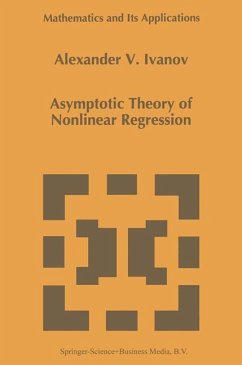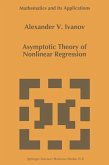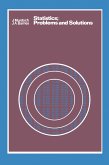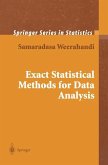Let us assume that an observation Xi is a random variable (r.v.) with values in 1 1 (1R1 , 8 ) and distribution Pi (1R1 is the real line, and 8 is the cr-algebra of its Borel subsets). Let us also assume that the unknown distribution Pi belongs to a 1 certain parametric family {Pi() , () E e}. We call the triple Pds. i = {1R1 , 8 , Pi(), () E e} a statistical experiment generated by the observation Xi. n We shall say that a statistical experiment Pds. n = {lRn, 8 , P; ,() E e} is the product of the statistical experiments Pds. i, i = 1, ... ,n if PO' = P () X ... X P () (IRn 1 n n is the n-dimensional Euclidean space, and 8 is the cr-algebra of its Borel subsets). In this manner the experiment Pds. n is generated by n independent observations X = (X1, ... ,Xn). In this book we study the statistical experiments Pds. n generated by observations of the form j = 1, ... ,n. (0.1) Xj = g(j, (}) + cj, c c In (0.1) g(j, (}) is a non-random function defined on e , where e is the closure in IRq of the open set e ~ IRq, and C j are independent r. v .-s with common distribution function (dJ.) P not depending on ().








